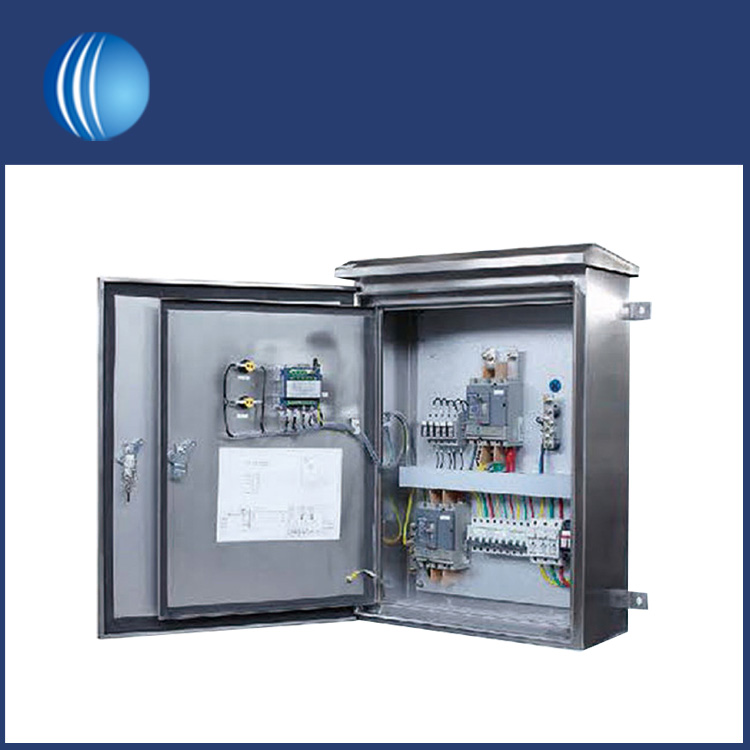
Stainless steel, with its numerous advantages such as corrosion and rust resistance, has quickly become an essential material in people's lives, driving the rapid development of the steel industry. In daily life, the demand for stainless steel products like distribution boxes, railings, and kitchenware is constantly growing, contributing to the infrastructure construction of society and facilitating the development of manufacturers like SKYT® that specialize in stainless steel distribution boxes and cabinets.

The first step in producing stainless steel distribution boxes is material preparation. According to design requirements and size specifications, suitable stainless steel plates are selected for processing. Commonly used stainless steel plates include SUS304 and SUS316, which are chosen based on the specific environment of use. In addition to stainless steel plates, other accessories such as hinges, locks, and doorbells are also required. Initially, customers with a demand for stainless steel distribution boxes will contact manufacturers, providing details like dimensions, thickness, and internal layout. The manufacturers then design the boxes based on the customer's requirements.
Before commencing production, it is crucial to clarify product parameters, models, shell materials, applicable scopes, and whether customization is required. After that, the laser cutting machine is used to cut the stainless steel plates to the designed dimensions. Most parts of the distribution box are processed in this step.
Once the materials are prepared, design and drafting begin. Designers create structural diagrams and drawings of the distribution box based on user needs and specifications. The design drawings must indicate details such as plate thickness, dimensions, corner radii, and screw hole positions. After completion, the drawings undergo review and modification to ensure the box meets design requirements.
After design and drafting, component processing begins. The stainless steel plates are cut, bent, and formed according to the design drawings. During processing, each component is precisely made according to the accurate dimensions and corner radii specified on the drawings. The entire process includes punching, drilling holes where necessary (e.g., for handle installation), bending using a bending machine to form the desired curvature, welding, cleaning, and silk-screen printing, where patterns are printed on the box according to customer requirements.
Once the components are processed, welding and assembly commence. Typically, TIG welding is used for a more aesthetic and sturdy finish. During welding, parameters such as heat control, argon flow rate, and welding current are adjusted to ensure weld quality and aesthetics. After assembly, adjustments and inspections are performed to ensure the box is free from abnormalities, looseness, and other issues. Finally, the box is packaged and shipped.
This completes the production process of stainless steel distribution boxes. Strict technological processes and quality control standards are essential to ensure the stability and durability of the boxes.
The commonly used plate thicknesses for stainless steel distribution boxes, cabinets, and meter boxes are typically 0.6, 0.8, and 1.0 millimeters.